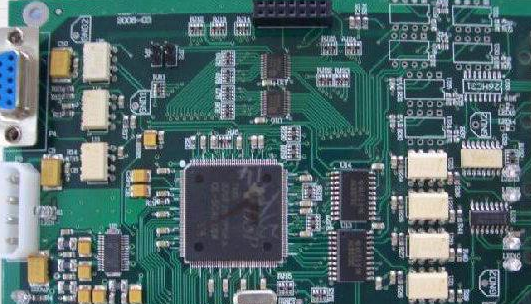Classified by part
Technical specification content
1PCB wiring and layout
PCB wiring and layout isolation criteria: strong and weak current isolation, large and small voltage isolation, high and low frequency isolation, input and output isolation, digital and analog isolation, input and output isolation, the demarcation standard is an order of magnitude difference. Isolation methods include: away from space and grounding.
2PCB wiring and layout
The crystal oscillator should be as close as possible to the IC, and the wiring should be thicker
3PCB wiring and layout
Crystal case grounding
4PCB wiring and layout
When the clock wiring is output through the connector, the pins on the connector should be covered with ground pins around the pins of the clock line
5PCB wiring and layout
Allow analog and digital circuits to have their own power and ground paths. When possible, widen the power and ground of these two parts of the circuit or use separate power and ground layers to reduce power and ground. The impedance of the wire loop, reduce any interference voltage that may be in the power and ground loop
6PCB wiring and layout

The analog ground and digital ground of a separately working PCB can be connected at a single point near the system ground point. If the power supply voltage is the same, the power supply of the analog and digital circuit is connected at the power inlet at a single point. If the power supply voltage is inconsistent, the two power sources are closer. Place a 1~2nf capacitor in place to provide a path for the signal return current between the two power supplies
7PCB wiring and layout
If the PCB is plugged into the motherboard, the power and ground of the analog and digital circuits of the motherboard should also be separated. The analog and digital grounds are grounded at the ground of the motherboard, and the power is connected at a single point near the system ground point. If the power supply voltages are the same, the power supplies of the analog and digital circuits are connected at the power inlet at a single point. If the power supply voltages are inconsistent, combine a 1~2nf capacitor near the two power supplies to provide a path for the signal return current between the two power supplies.
8PCB wiring and layout
When high-speed, medium-speed and low-speed digital circuits are mixed, different layout areas should be allocated to them on the printed board
9PCB wiring and layout
Separate low-level analog circuits and digital logic circuits as much as possible
10PCB wiring and layout
When designing a multilayer printed board, the power plane should be close to the ground plane and arranged below the ground plane.
11PCB wiring and layout
When designing a multi-layer PCB printed board, the wiring layer should be arranged adjacent to the entire metal plane
12PCB wiring and layout
The digital circuit and the analog circuit are separated during the design of the multilayer printed board, and the digital circuit and the analog circuit are arranged in different layers when possible. If it must be arranged on the same layer, methods such as trenching, grounding lines, and separation can be used to remedy the situation. The analog and digital grounds and power supply must be separated and cannot be mixed
13PCB wiring and layout
Clock circuits and high-frequency circuits are the main sources of interference and radiation. They must be arranged separately and far away from sensitive circuits.
14PCB wiring and layout
Pay attention to the waveform distortion in the process of long-line transmission
15PCB circuit board wiring and layout
The best way to reduce the loop area of interference sources and sensitive circuits is to use twisted-pair and shielded wires, so that the signal wire and the ground wire (or current-carrying circuit) are twisted together so that the signal and the ground wire (or (Current-carrying circuit) the closest distance